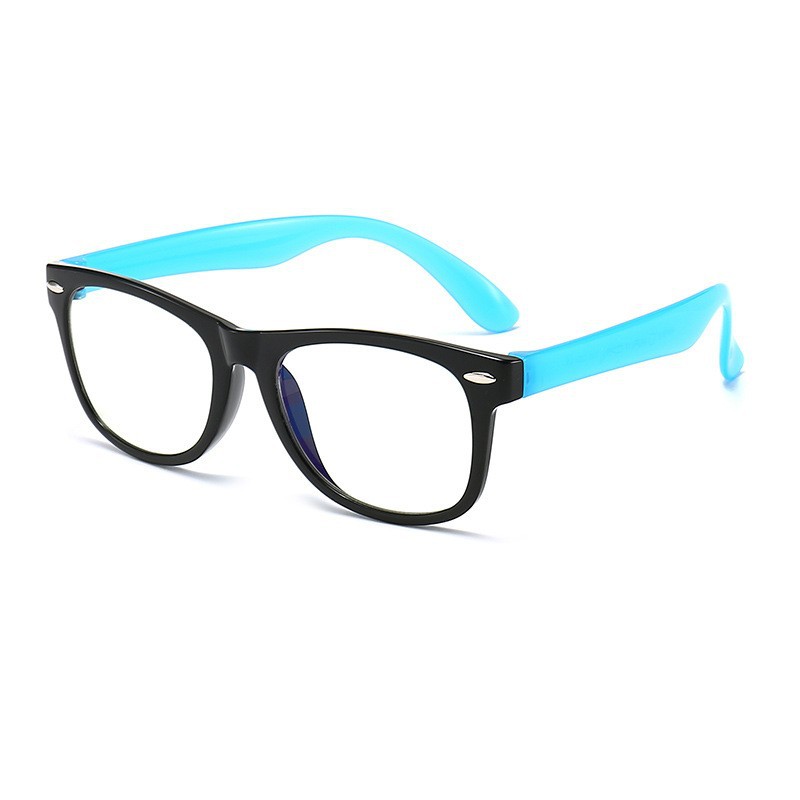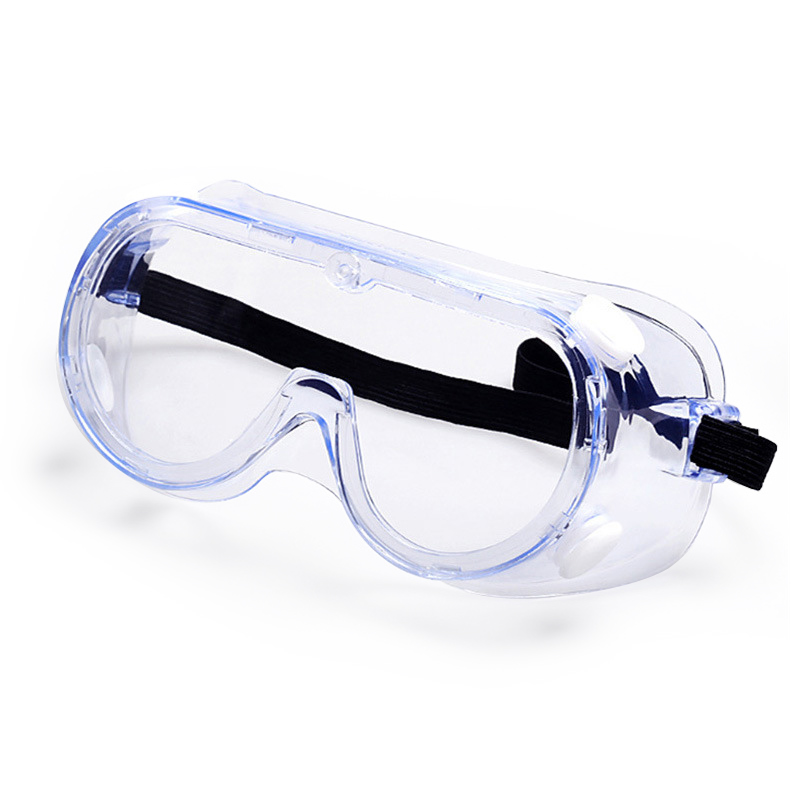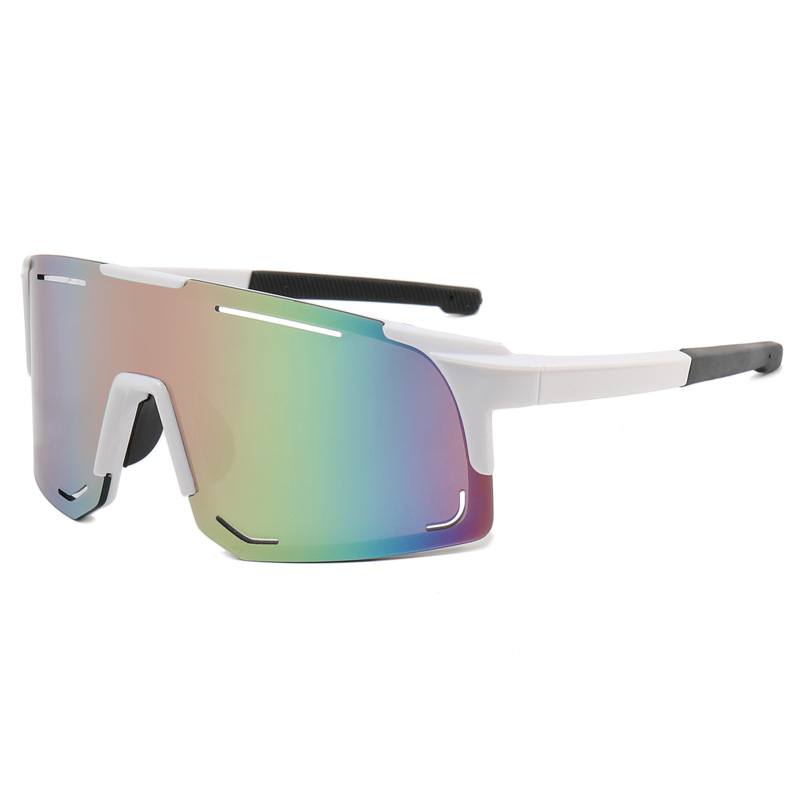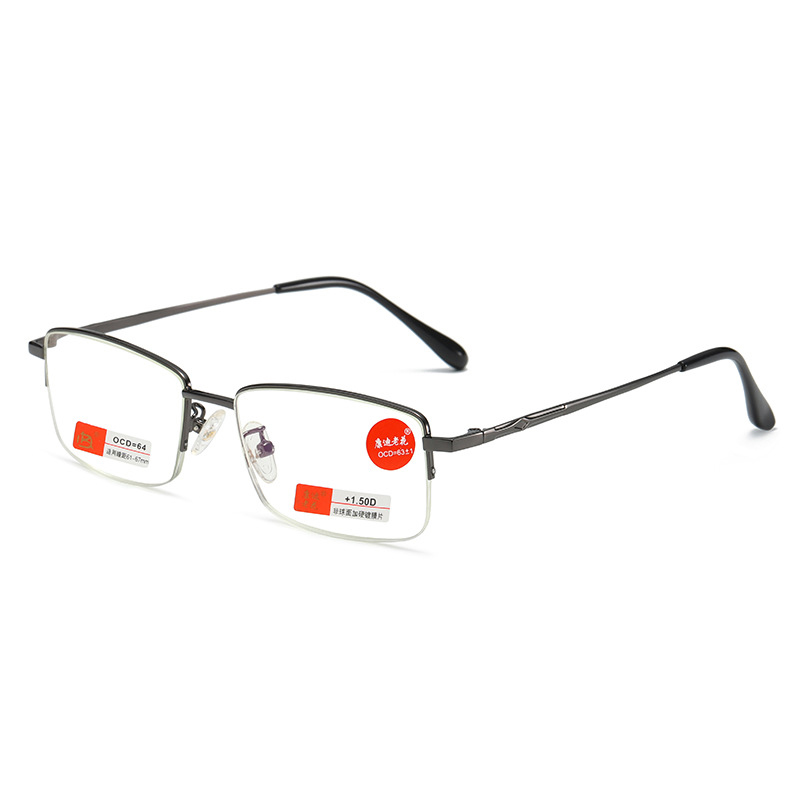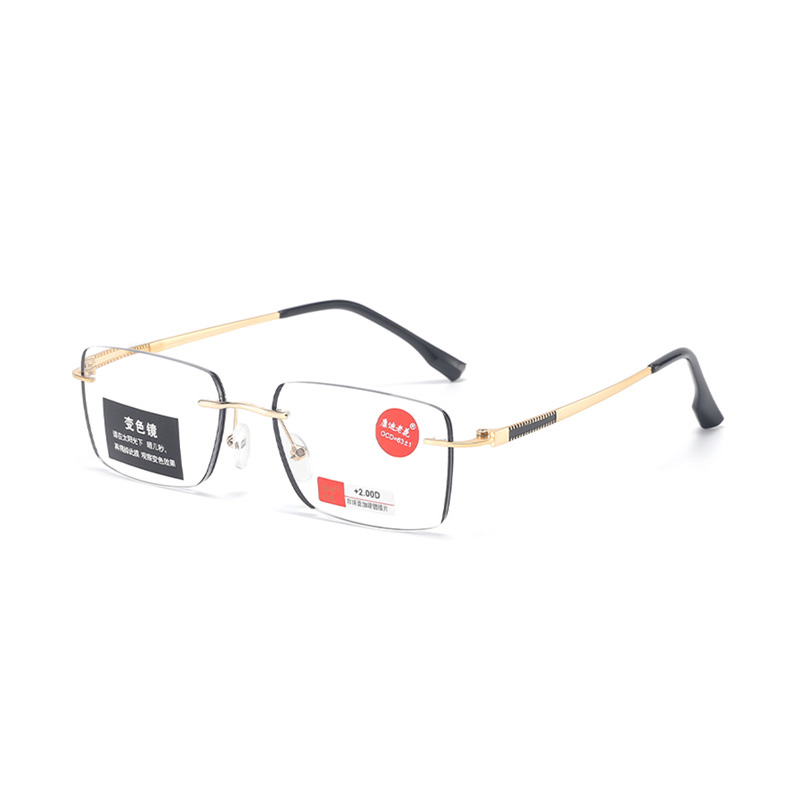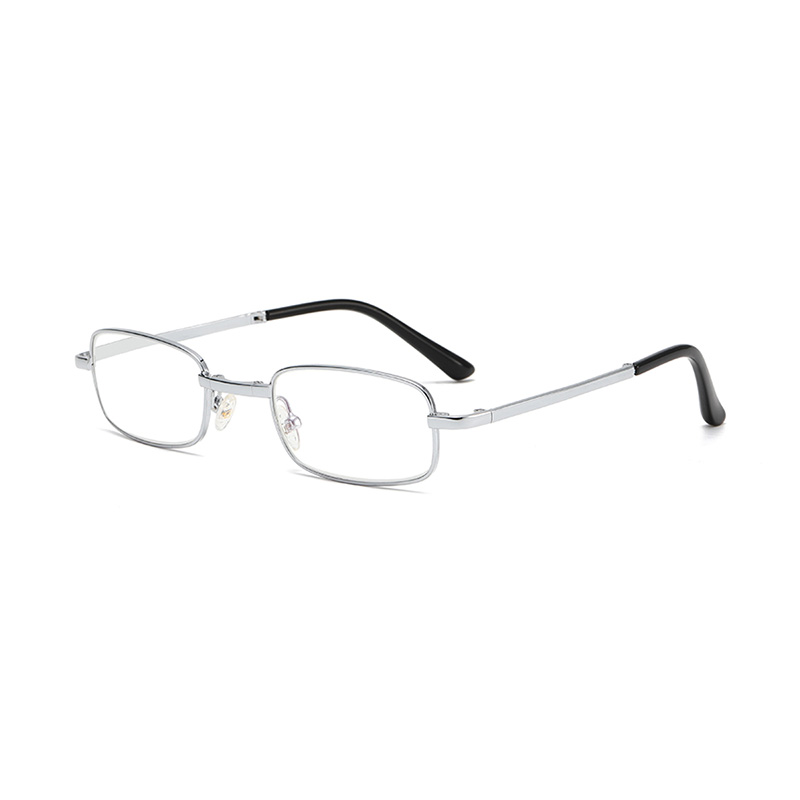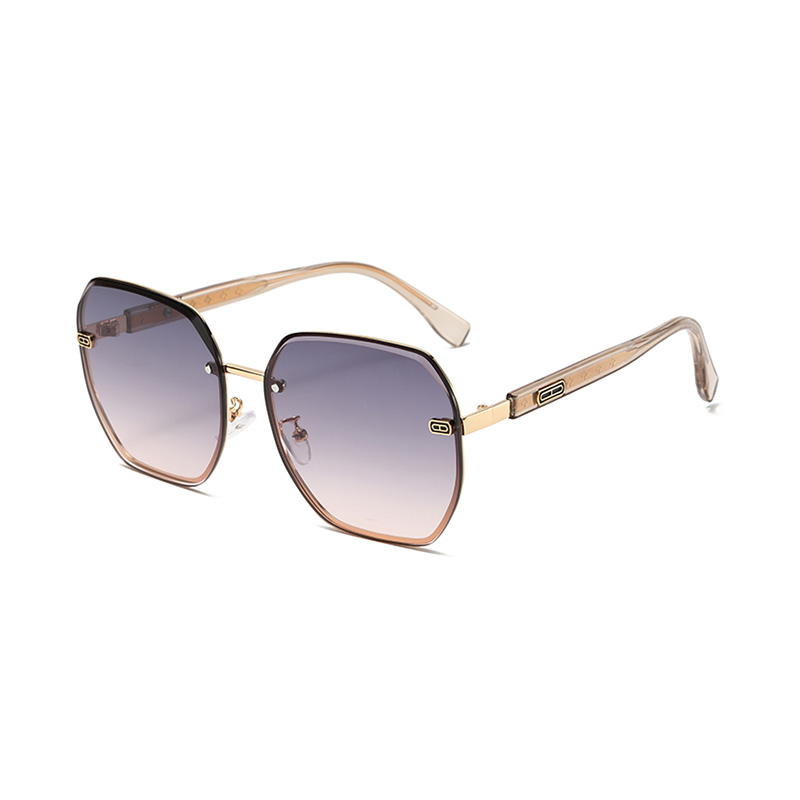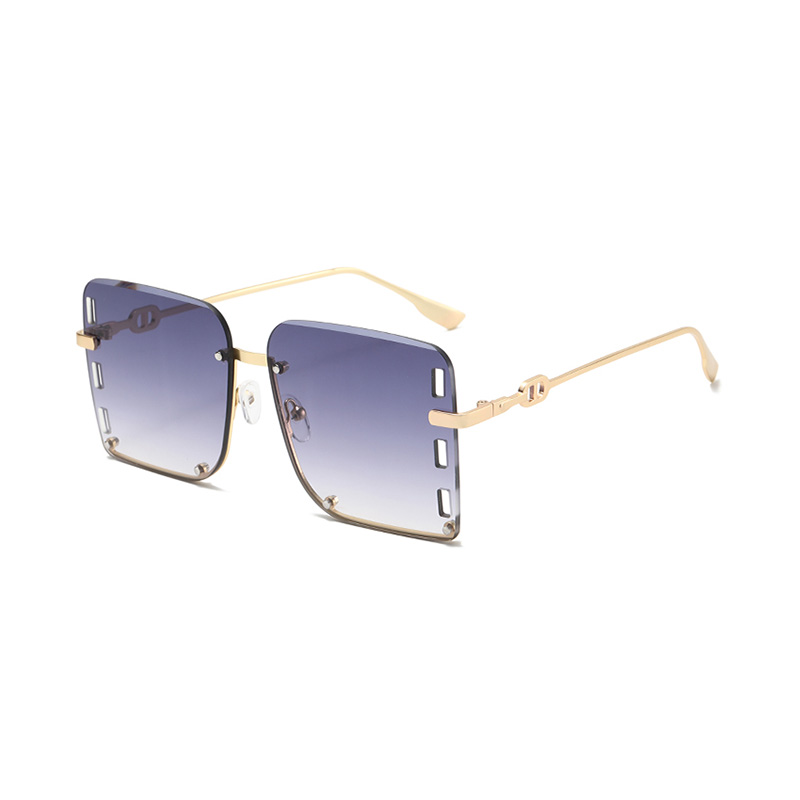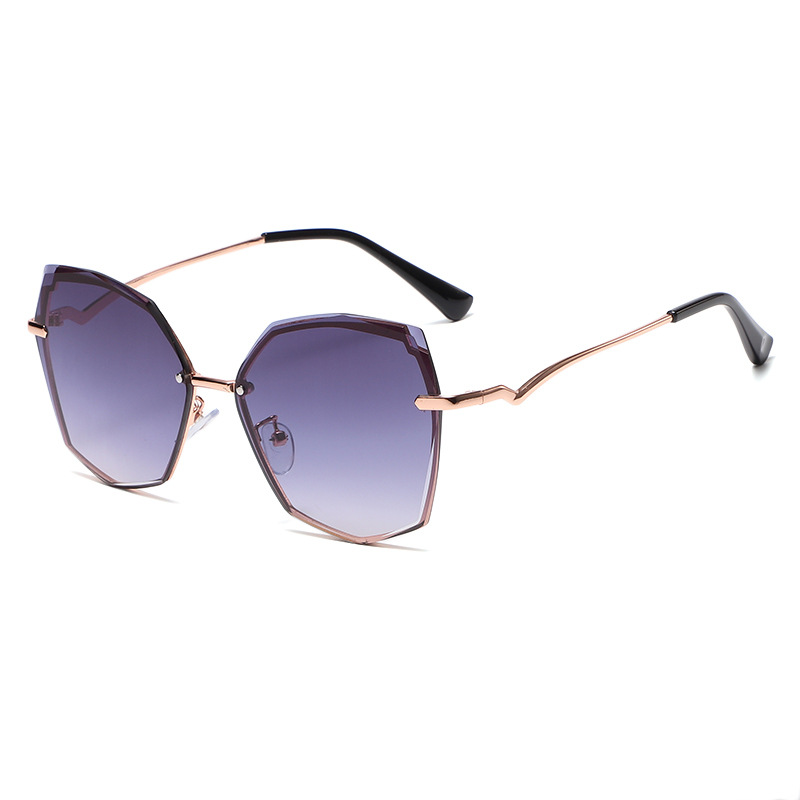The growing dependence on digital devices in daily life has sparked an demand for anti blue light prescription glasses, reshaping the landscape of the eyewear industry. As consumers spend more hours in front of screens for work, education, and entertainment, protecting eye health has become a top priority. In response, eyewear manufacturers are ramping up production and innovation to meet this evolving need, making anti blue light prescription glasses a staple in both fashion and function.
Digital eye strain, also known as computer vision syndrome, affects millions globally, with symptoms ranging from dry eyes and headaches to blurred vision and fatigue. This has driven professionals, students, and gamers alike to seek effective solutions. Anti blue light prescription glasses offer a practical remedy by filtering out harmful blue wavelengths emitted by screens, while also correcting vision. Their dual functionality has positioned them as a go-to solution for tech-savvy consumers seeking comfort and protection.
Recent studies indicate that prolonged exposure to blue light may disrupt circadian rhythms, affecting sleep patterns. This has led to a surge in demand for anti blue light prescription glasses, especially for people who work late hours or engage in screen use before bedtime. Retailers have responded by offering lenses with enhanced coatings that block blue light while minimizing glare and preserving natural color perception—an important factor for graphic designers, video editors, and other visual professionals.
The rise of remote work and online learning during and after the COVID-19 pandemic has further accelerated the adoption of anti blue light prescription glasses. According to market research by Statista, the global blue light eyewear market is projected to reach over $38 billion by 2030. A significant portion of this growth is attributed to the rising popularity of prescription variants, which combine vision correction with protective technology.

Fashion-forward designs are also contributing to the popularity of anti blue light prescription glasses. No longer viewed as strictly medical devices, today’s blue light glasses come in a wide range of stylish frames, appealing to younger demographics and working professionals alike. Brands have taken note, launching collections that merge aesthetics with eye protection, enabling consumers to make a statement while safeguarding their vision.
In the B2B sector, optical retailers and clinics are increasingly recommending anti blue light prescription glasses to patients with digital screen exposure. Eye care professionals now commonly conduct consultations that include questions about screen time, ensuring patients are educated on the long-term benefits of blue light filtration. This shift in clinical practice is helping to normalize the use of such glasses for everyday wear, even in non-traditional settings.
E-commerce has played a pivotal role in the distribution of anti blue light prescription glasses. Online platforms offer customers a convenient way to browse frame styles, input their prescriptions, and take advantage of virtual try-on tools. Direct-to-consumer brands have emerged as major players, offering cost-effective, customizable solutions and expedited delivery, particularly attractive to the younger, tech-oriented population.
In terms of innovation, lens technology for anti blue light prescription glasses continues to advance. Some lenses now feature adaptive tints that adjust to changing light conditions, while others include anti-reflective and scratch-resistant coatings to enhance durability. High-index lenses, designed to be thinner and lighter, are also being integrated with blue light filters, catering to individuals with stronger prescriptions who prioritize comfort and aesthetics.
Sustainability is becoming a consideration in the production of anti blue light prescription glasses as well. Eco-conscious consumers are looking for eyewear made from recycled or biodegradable materials, prompting manufacturers to explore greener alternatives. Companies that incorporate sustainable practices into their production and packaging processes are gaining favor among environmentally aware buyers.
With the proliferation of digital devices unlikely to slow down, the market outlook for anti blue light prescription glasses remains highly promising. As more consumers become aware of the health impacts of blue light exposure, demand for eyewear that combines functionality, fashion, and protection will continue to rise. The industry is responding with innovation, customization, and accessibility—three pillars that will drive the next wave of growth.

 English
English Español
Español